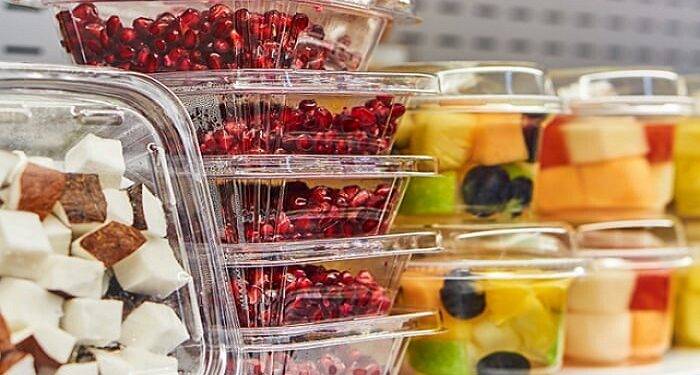Today’s food consumers are greeted with many innovative options, which run the gamut, ranging from designs to eco-friendly packaging that helps in the preservation process.
A lot of science and consideration goes into choosing the right packaging materials and containers for manufacturers.
Different Kinds of Packaging
Various kinds of packaging may depend on the nature and size of food products. For instance, some vendors sell many products using cardboard as a packaging form. They might as well have internal packaging, seal integrity, barrier properties, and multilayer structures, which further offer protection to the product.
The possibilities are also endless, as far as food packaging is concerned. With a reliable contract manufacturer, you may even develop a packaging design specific to your brand or business. This will make your products more noticeable to every consumer and help in marketing.
Ways to Preserve and Package Food
To meet the demands of the supply chain, you will need to look for ways to preserve some perishable items. Many American businesses have been using some chemical preservatives for many years. These preservatives are linked to causing different health impacts in old and young.
With time, food consumers desire chemical-free types of preserving food as they are more health-conscious. So these days, many food companies focus on the following ways of packaging and preserving food:
- Vacuuming packaging
- Freezing
- Canning
- Pickling
How Packaging Helps to Preserve Food
With the increase in demand for frozen snacks, foods, and candies, quality packaging is becoming more important.
Every company must ascertain that their food items are in good condition when delivered to customers, both globally and locally. Among the popular ways that packaging helps to preserve food include:
1. Extension of Shelf-Life
Among the most important parts of preserving food is the packaging. Quality packaging enables manufacturers to control the environment of the food products by extending their storage life.
Without packaging suitable for preserving food, external factors, like air and heat, may quickly affect the product’s integrity and make it unsafe for consumers.
2. Maintain Freshness
The introduction of food packaging technology makes it possible for food manufacturers to send their products to different parts of the world for consumption.
This means the quality and freshness of food products will be preserved with the right packaging. Plus, this incredible technology enables food processors and manufacturers to supply fresh food items to every end consumer.
3. Avoid Damage and Contamination
The need for packaging when it comes to the food industry usually stems from security and safety. Food items should remain free of damage and contamination at every point in the retail process.
Hence, manufacturers need to ensure their packaging is durable to ensure their food items are not damaged and contaminated as they ship from their stores to consumers’ homes.
Final Touches!
Although every person at a food packaging and handling facility is completely knowledgeable about job positions, errors do happen.
When a mistake happens in the facility, safety advisers and employees should be well-informed on safely fixing the error.
This can mean relabeling all the products, repacking items, or disposing of the contaminated food product.













